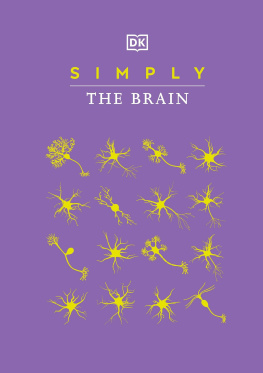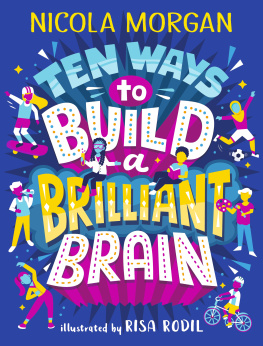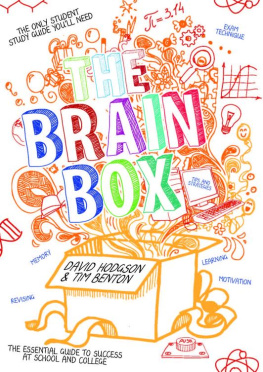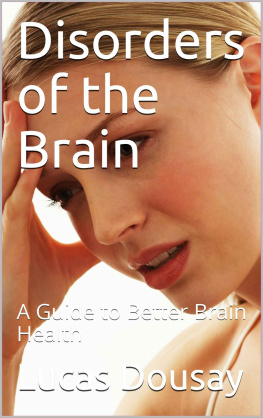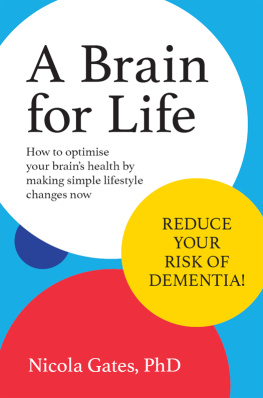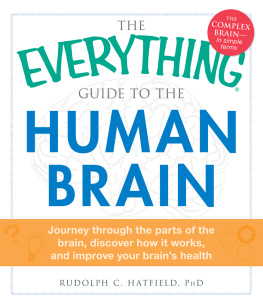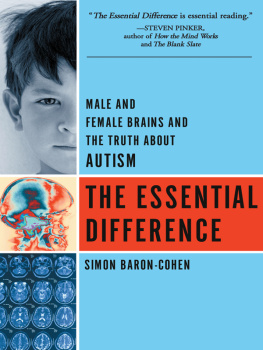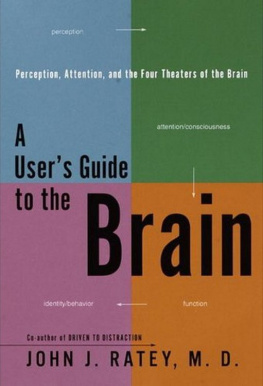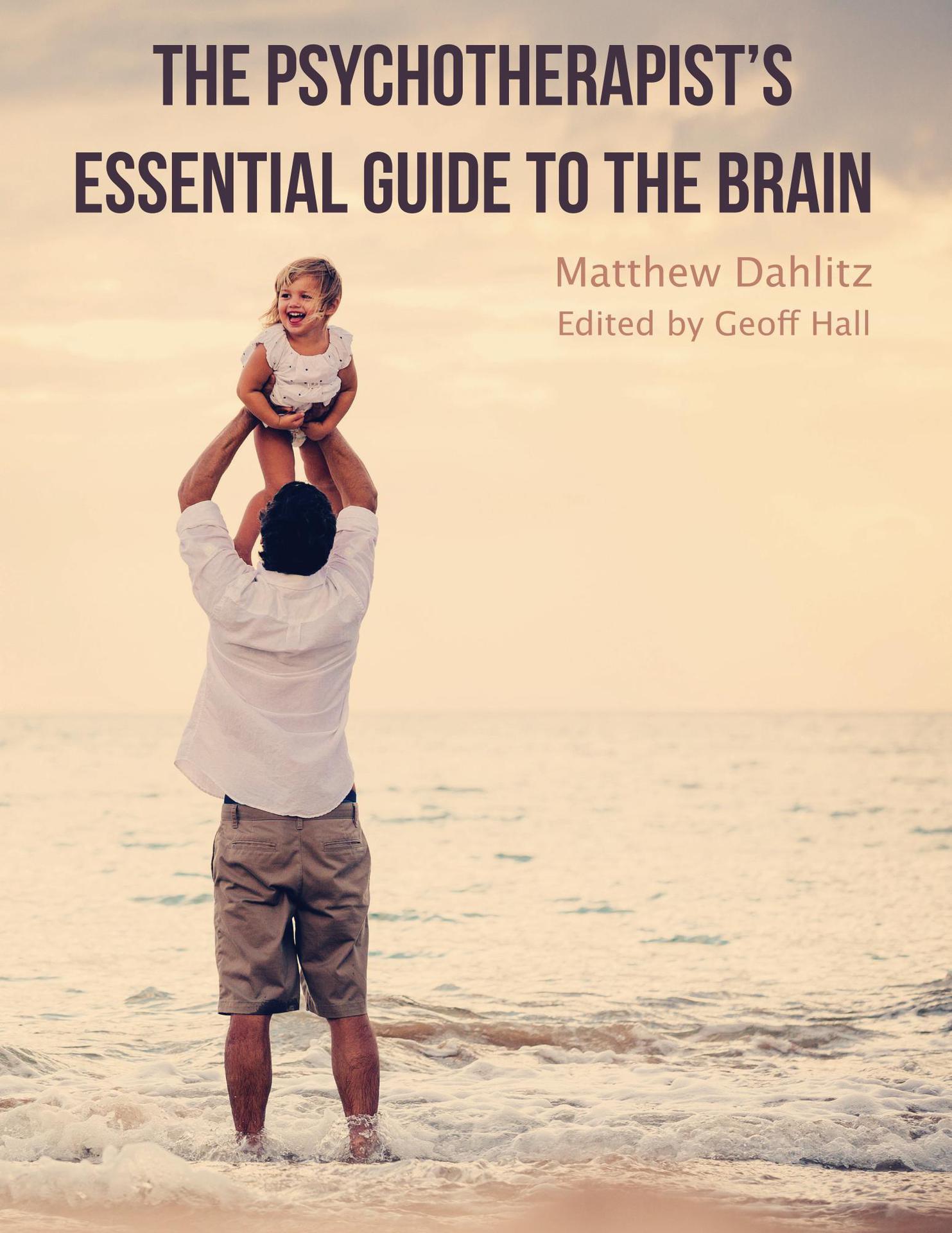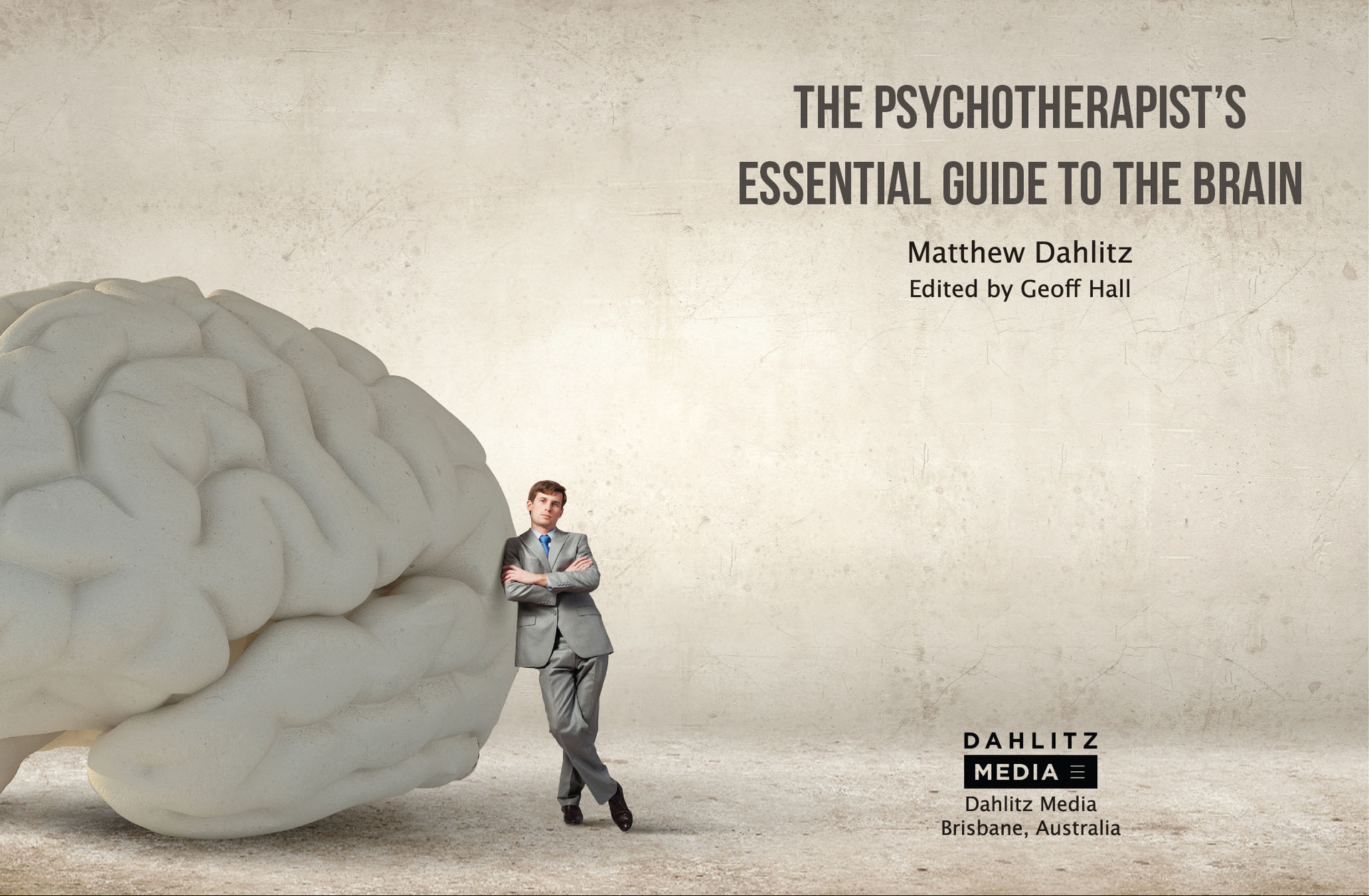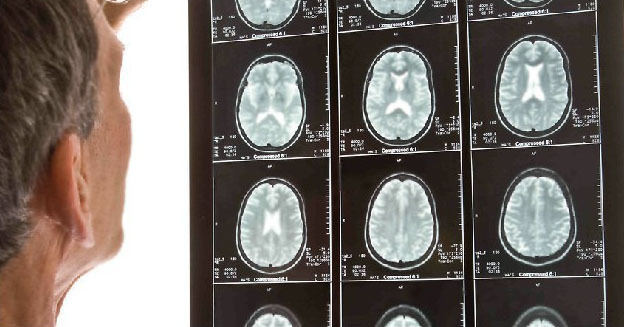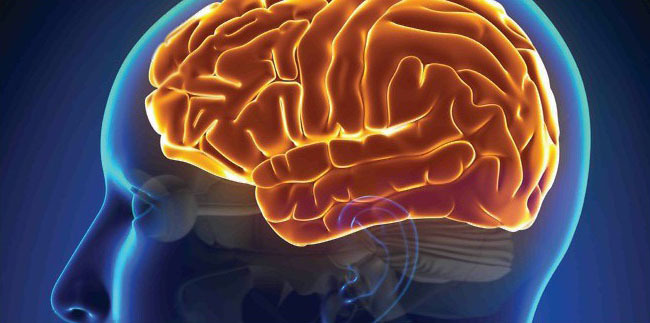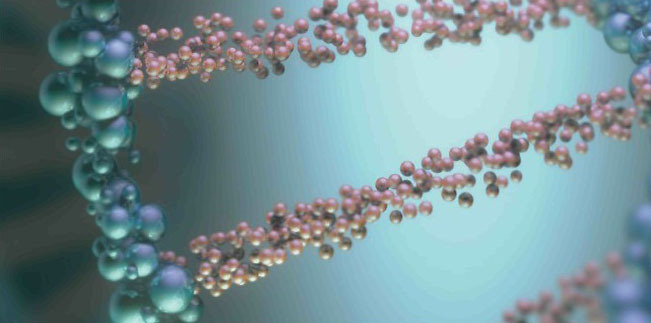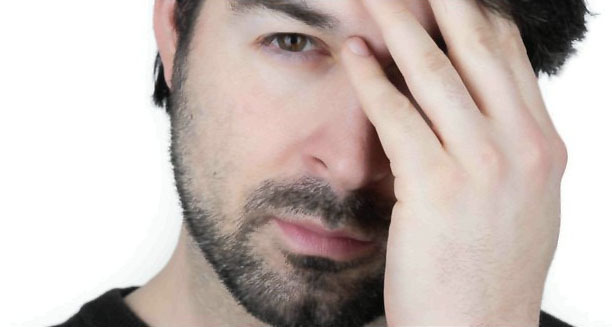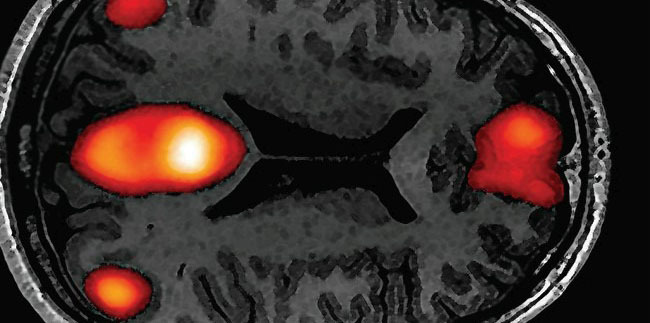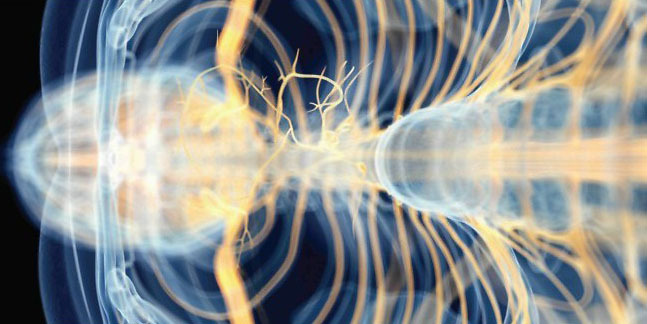THE PSYCHOTHERAPISTS ESSENTIAL GUIDE TO THE BRAIN
Note to Readers: This book is intended as general information for mental health professionals and is not an appropriate substitute for training or clinical supervision. Neuroscience is a rapidly advancing field and neither the publisher nor the author can guarantee the complete accuracy or currency of the information herein. Clinical application of any information or techniques, including the contents of this book, should be undertaken only after certified training and appropriate supervision.
Copyright 2017 Dahlitz Media;
All rights reserved
Chapters in this edition have previously been published in The Neuropsychotherapist .
For information about content reproduction write to: Permissions, The Neuropsychotherapist, PO Box 1030, Park Ridge, QLD, 4125, Australia.
Alternatively email
Author: Matthew Dahlitz
Editor: Geoff Hall
Cover image: EpicStockMedia/Bigstock.com
Title: The Psychotherapists Essential Guide To The Brain.
ISBN-13: 978-0-9944080-1-3 (paperback)
ISBN-10: 0-9944080-1-3
1. Psychotherapy. 2. Brain. 3. Neuroscience. 4. Psychology. 5. Biopsychology.
Dahlitz Media
PO Box 1030
Park Ridge,
Queensland, 4125
AUSTRALIA
NEUROPSYCHOTHERAPIST.COM
To Shera
who has been long-suffering
in lending me to the insatiable desire
to know more .
CONTENTS
An overview of major brain divisions, the complexity of networks and functions of neurons.
The function of the limbic system including the thalamus, amygdala, hippocampus and hypothalamus.
Major divisions and functions of the neocortex. In particular the function of the prefrontal cortex in cognition and higher order processing.
An overview of the types and functions of neurotransmitters utilized by the brain including the neurochemistry of stress.
How environmental factors influence gene expression both within and through heritable changes in DNA that can be transient or lifelong.
How the striatum and the belief that we have some control over our environment motivates us.
Mirror neurons respond to acts that are perceived to carry purpose or intention and form an important part of learning and being empathic.
The activity of the brain when its not doing anything in particular and the very social nature of this state .
The neural mechanisms behind obsessive-compulsive disorder including the neurochemistry and therapeutic interventions.
The neural underpinnings of fear anxiety, how it develops and is maintained and what to do about it.
The nature of pain from a neurobiological perspective and the close correlation between physical and social/emotional pain.
The nature of depression, the brain regions and neurochemcials involved in this complex disorder.
The brain-gut and brain-heart connection that modulates our mental life in surprising ways.
How memory works, both implicit and explicit memories and from short-term to long-term, as well as the reliability of recall.
Consideration of basic psychological needs from a brain based perspective to tie together neuropsychological knowledge with clinical practice.
PREFACE
I n February 2016, The Neuropsychotherapist , a magazine devoted to informing mental health professionals about the neuroscience of psychotherapy, introduced a regular column on the brain for the practising clinician. The column proved popular because it interpreted relevant facts from a large body of technical knowledge in language accessible to the non-scientist. In view of the positive readership response, it was decided to compile all instalments of The Psychotherapists Essential Guide to the Brain together with new material into a stand-alone volume that might become a handy addition to the psychotherapists bookshelf.
Why learn about the brain? Surely a therapist has a range of therapies and techniques at his or her disposal that can be effectively implemented without a degree in neurobiology. Certainly some would argue that the application of techniques and the experiential learning of what works and what doesnt is the path to take. But is this the best approach, in light of the knowledge that is now available to us? Does a medical doctor familiarize him or herself with only the symptoms and not the cause and mechanisms of an illness?
There is, I believe, much to be gained by understanding at least the fundamentals of brain function that play a critical role in our mental well-being. Freud, some will be surprised to learn, began his career as a neuro-biologist, studying the nerves of crayfish with a view to forming an objective science of mental states based on neuroscientific research. Later he altered direction into psychoanalysisresearch was not paying the bills, and the neuroscience of the day avoided the difficult subject of subjective experience and focused on the nuts and bolts of brain function. Now, with a greater understanding of both the subjective experience of the mind and the objective activities of the brain, the two disciplines of psychoanalysis and neuroscience can not only inform one another but integrate to provide a more mature and holistic understanding of mental well-being. The International Neuropsychoanalysis Society and our own efforts at The Neuropsychotherapist are just two examples of this attempt to integrate the best of both subjective and objective knowledge in mental health.


